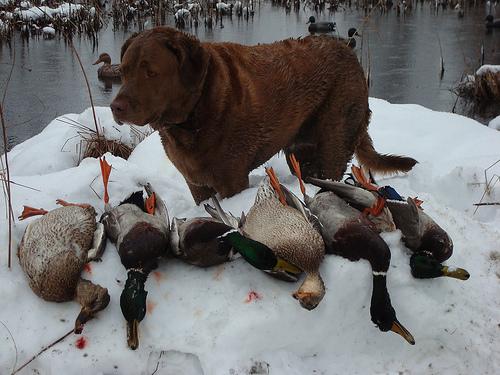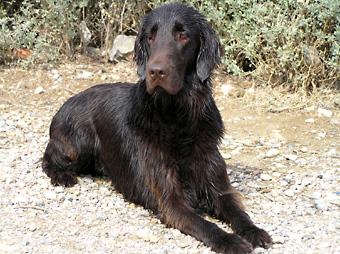About Doberman
The Doberman Pinscher, often simply called a Doberman, is a powerful and intelligent breed renowned for its loyalty and protective nature. Originating in Germany, this breed has earned a reputation as a capable guard dog and a devoted family companion, although it’s important to understand their specific needs and characteristics before bringing one home.
History and Origin
The Doberman's story began in Apolda, Germany, around the late 19th century. Karl Friedrich Louis Dobermann, a tax collector, dog pound operator, and part-time security officer, sought to create a breed that would be an ideal protector. He crossed various breeds, including the German Pinscher, Rottweiler, Black and Tan Terrier, and possibly the Weimaraner and Greyhound, to achieve his goal. The result was a fearless, intelligent, and athletic dog that quickly became known for its guarding abilities. Initially bred for protection, the Doberman quickly proved its worth as a police and military dog, further solidifying its reputation as a capable and intelligent working breed.
Physical Characteristics
Dobermans are large dogs with a sleek and muscular build. They typically stand between 24 to 28 inches tall at the shoulder and weigh between 60 to 100 pounds. The Doberman boasts a distinctive appearance with its noble head, alert expression, and docked tail (though tail docking is becoming less common and even illegal in some regions). Their double coat is long, short, smooth, and comes in several colors, most commonly black and tan, red and rust, blue and rust, and fawn and rust. Their lifespan generally ranges from 8-11 years.
Temperament and Personality
While often perceived as intimidating, Dobermans are, in reality, highly intelligent, loyal, and affectionate dogs with their families. They are known to be incredibly trainable (5/5) and eager to please, which makes them excel in obedience training and various dog sports. However, their protective instincts are strong, and they can be wary of strangers, making early socialization crucial. Dobermans can be good with children (2/5), especially when raised with them from puppyhood, but supervision is always recommended. They are generally not good with other dogs (1/5), especially those of the same sex, without careful introductions and management.
Training and Exercise Needs
Dobermans are energetic dogs with a moderate energy level (2/5) that require regular exercise to stay physically and mentally stimulated. Daily walks, runs, or play sessions in a securely fenced yard are essential. They also thrive on mental challenges, such as obedience training, agility, or puzzle toys. Due to their high intelligence and trainability, Dobermans respond well to positive reinforcement methods. Early socialization is paramount to ensure they develop into well-adjusted and confident adults. Consistent training and clear leadership are necessary to manage their protective instincts and prevent potential behavioral issues.
Health and Care
Like all breeds, Dobermans are prone to certain health conditions. Some common concerns include dilated cardiomyopathy (DCM), von Willebrand's disease, hip dysplasia, and progressive retinal atrophy (PRA). Responsible breeders screen their dogs for these conditions to minimize the risk of passing them on to their offspring. Dobermans are relatively low-maintenance in terms of grooming. Their shedding is minimal (1/5), requiring only occasional brushing to remove loose hair. Their grooming needs are also minimal (1/5). They don't drool often, with a drool rating of 2/5. Regular nail trimming, teeth cleaning, and ear checks are also important for maintaining their overall health and well-being.
Is This Breed Right for You?
The Doberman Pinscher is a remarkable breed that can make a wonderful companion for the right owner. They are intelligent, loyal, and protective, but they also require a significant commitment to training, socialization, and exercise. This breed is best suited for experienced dog owners who can provide consistent leadership, structure, and plenty of mental and physical stimulation. If you are prepared to dedicate the time and effort required to properly care for a Doberman, you will be rewarded with a devoted and loving companion.
Temperament
Basic Information
- Size Large
- Life Span 8-11 years
- Coat Type Double
- Coat Length Long
Characteristics
Energy Level
2/5
Trainability
5/5
Good with Children
2/5
Good with Other Dogs
1/5
Shedding
1/5
Grooming Needs
1/5
Drooling
2/5
Comments
No comments yet. Be the first to comment!
Upload a Photo
You must be logged in to upload photos.
Compare Breeds
Compare this breed with another to find the perfect match for you.



